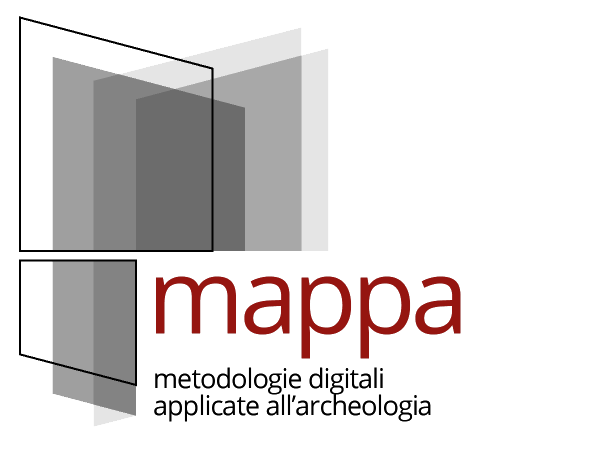The Ager Pisanus between Romanization and Late Antiquity (III century BC-VI AD): continuity, discontinuity and transformation
The research aims at the study of the city and the territory of Pisa between the Hellenistic age, the Roman age and the late antiquity, for an analysis of the settlement dynamics in a long-term perspective. Between 2011 and 2013, the MAPPA Project systematically collected all the archaeological data available for the urban area of Pisa, creating a comprehensive map of the archaeological potential, from prehistory to contemporary age.
The natural continuation of this project is widening the boundaries of research to include the surrounding area, in an attempt to analyze the relationships and the specific peculiarities in a diachronic perspective. In the Roman period, Pisa was in fact a city with a strong productive and commercial identity, and its territory covered a vast coastal region from the Versilia to Rosignano Marittimo.
Previous research has emphasized how often the cartography on the Roman age is made in an urban-centric perspective giving back a deceptive image of the landscape: the settlement results clustered in large and / or small agglomerates, isolated and separated by empty areas, thus ignoring the widespread and variable set of rural population. Similarly, attention has often been focused on the individual importance of each site, rather than on the broader analysis of the distribution and relationships of particular categories of sites.
Through a data-driven, diachronic and overall analysis of the archaeological framework, the project aims at a combined study of the city and its territory, which allows re-establishing the relationships between the different components of this complex system.
The creation of a multi-level and multi-scale GIS platform not only allows data storage and management, but mostly the analysis and the creation of synoptic frameworks, which can be articulated into historical phases or according to specific themes.
The possibility of overlapping additional information levels such as paleo-environmental data allows a better contextualizing of the archaeological evidence, highlighting the complex interactions of natural and anthropic factors in the attempt to reconstruct the spatial continuum.
Project by:
Antonio Campus a.campus11@gmail.com
